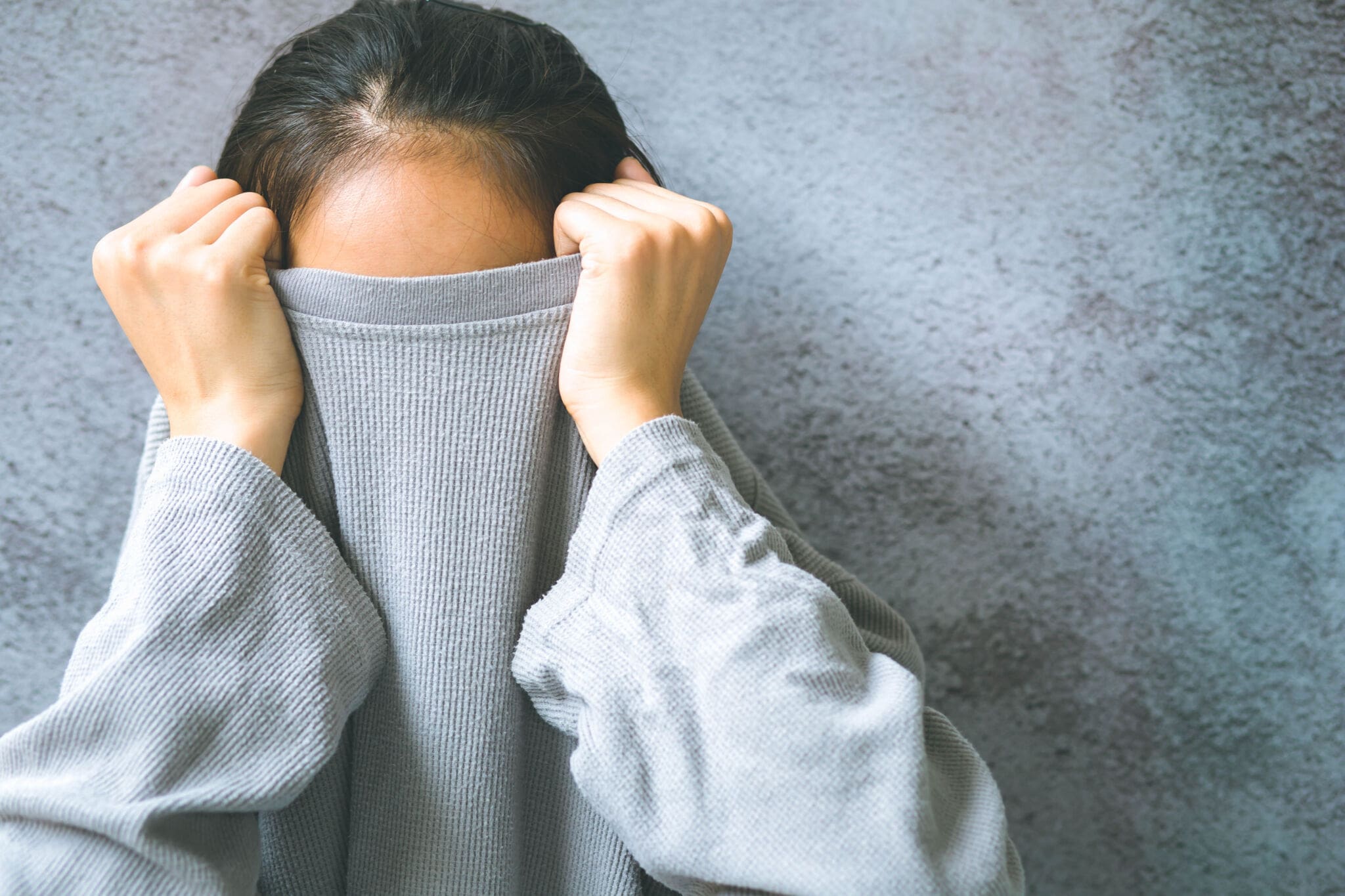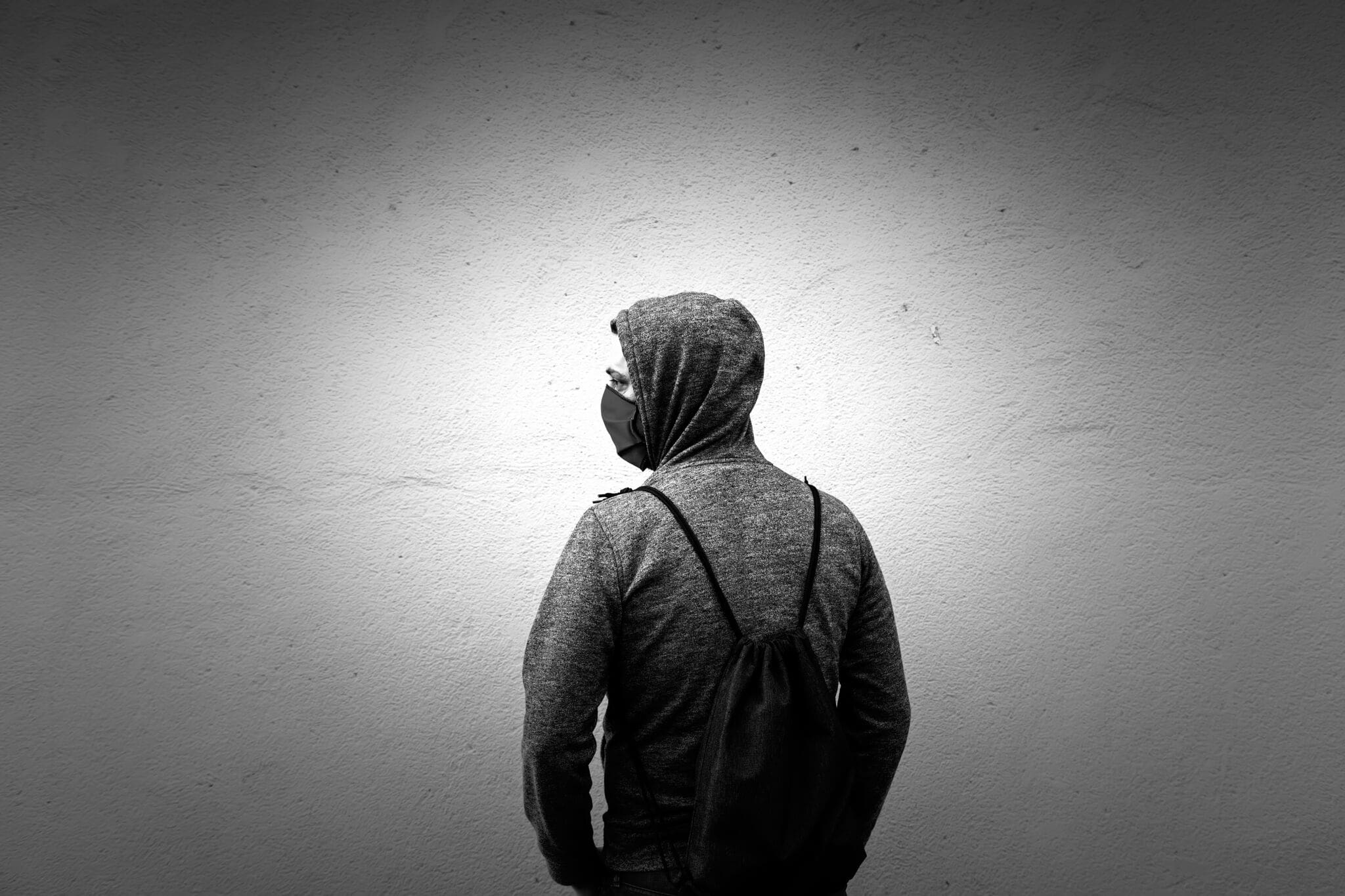In this article
In today’s digital age, the internet has become an integral part of daily life. It can offer children unparalleled access to education, entertainment, and social connection. However, alongside its many benefits, the online world also presents risks that can jeopardise a child’s safety and wellbeing. From cyberbullying to inappropriate content and online predators, the digital landscape can be a challenging environment for young users to navigate.
As parents and guardians, it is crucial to take proactive steps to safeguard your child online, ensuring they enjoy the advantages of technology while remaining protected from its potential dangers. This article will explore practical strategies, tools, and tips to help you create a secure digital environment for your child.
What is online safeguarding?
Online safeguarding refers to the measures and practices put in place to protect individuals, particularly children and vulnerable people, from harm, abuse, or exploitation while using the internet and digital platforms. It aims to create a safe online environment by raising awareness, managing risks, and promoting responsible behaviour.
Key elements of online safeguarding include:
- Educating users – teaching individuals about online dangers, such as cyberbullying, grooming, phishing, and scams, as well as how to recognise and avoid them.
- Privacy and security – ensuring personal information is protected by using strong passwords, enabling privacy settings, and being cautious about sharing sensitive data online.
- Monitoring and filtering – using parental controls, content filters, and monitoring tools to limit access to inappropriate or harmful content.
- Promoting digital wellbeing – encouraging healthy online habits, such as limiting screen time, avoiding harmful interactions, and promoting respectful communication.
- Reporting mechanisms – providing clear ways to report harmful content, abuse, or suspicious activity to appropriate authorities or organisations.
- Enforcing legal protections – applying laws and regulations to prosecute online predators, prevent the spread of harmful materials, and safeguard users.

What are the risks of children being online?
The online world offers incredible opportunities for children, but it also comes with significant risks. Online exploitation is one of the biggest risks. According to NSPCC, 19% of children, aged 10-15-years-old, exchanged messages with someone online who they never met before in the last year, and more than 7,000 Sexual Communication with a Child offences were recorded by police last year (2023/24). Child online exploitation refers to the use of the internet to exploit children for various harmful purposes. It encompasses a range of illegal and abusive activities, including but not limited to:
- Child Sexual Exploitation (CSE) – predators build trust with children online in order to manipulate or coerce them into sexual activities, either in person or via online platforms.
- Child sexual abuse material (CSAM) – the production, distribution, and consumption of explicit images or videos of children.
- Live streaming of abuse – offenders pay for and watch the real-time abuse of children, often occurring in private homes or elsewhere.
- Trafficking children for exploitation – this is where victims are recruited, transported, or harboured with the intent of abusing them online or offline.
- Sextortion – blackmailing children by threatening to share their private photos or videos unless they comply with specific demands, often involving sexual acts.
- Exploitation via social media or online games – predators using platforms like social media, messaging apps, or online games to exploit children, gain access to their personal lives, or manipulate them.
- Child trafficking with online elements – exploiting children through online platforms to facilitate trafficking, recruitment, or advertising them for abusive purposes.
The consequences of Child Online Exploitation can be severe psychological, emotional, and physical harm to the child, long-term trauma, including issues with trust, self-esteem, and mental health.
Some of the other risks of children being online include:
- Exposure to harmful content – children may encounter inappropriate or harmful material online, including pornographic material or violent images or videos, content promoting discrimination, racism, or extremist views, fake news, conspiracy theories, or misleading information that could influence their perceptions or material promoting unhealthy and harmful behaviours such as eating disorders, self-harm, or suicide.
- Cyberbullying – exposure to harsh, aggressive, or cruel comments in online communities, or harassment or bullying by peers, which can have a devastating impact on a child’s mental health. Online grooming by adults, such as attempting to exploit or manipulate children is one of the biggest and most dangerous risks that children face online.
- Privacy and data security – children often lack an understanding of privacy issues, which can lead to sharing personal details like addresses, school names, or photographs that could be used maliciously, data theft which can involve accidental downloading of malware or falling victim to phishing scams, which could compromise sensitive information. Some apps and websites collect data on children, potentially violating their privacy or targeting them with inappropriate advertising.
- Cybercrime – children can become both victims and, unknowingly, participants in online crime. Falling prey to online scams promising rewards or asking for money, having their identity stolen and misused and inexperienced internet use could lead to unauthorised access to accounts or devices. Unknowingly downloading pirated material or engaging in prohibited online activities is also a risk.
- Mental health impacts – online activities can take a toll on children’s emotional well-being. Excessive time spent gaming, scrolling social media, or watching videos. Social media comparisons can lead to feelings of inadequacy or body image issues and low self-esteem. Overexposure to alarming news or constant pressure to perform online leading to anxiety and stress. Spending too much time online, reducing face-to-face interactions can lead to social isolation.
- Excessive use and physical health – overuse of the internet can negatively affect children’s overall health. Spending hours online can lead to a lack of physical activity. Using devices late at night, especially due to the impact of blue light on sleep cycles can lead to sleep disturbances and long periods staring at screens causing digital eye strain.
- Educational risks – while the internet can enhance learning in some cases, it can also have drawbacks which can include plagiarism, copying work found online instead of learning, spending time on entertainment rather than educational tasks and using unreliable sources for schoolwork.
- Social and ethical concerns – the internet exposes children to environments where moral and ethical behaviours may be compromised. This can include exposure to influencers or communities that promote unhealthy, illegal, or unethical activities. Children may only engage with information or groups that reinforce specific ideas, limiting their world view.
Minimising the risks to safeguarding children online
Parents can take proactive steps to reduce the potential risks children face online, including:
- Open communication – encourage children to discuss their online activities, including websites they visit and people they interact with. Create a non-judgemental environment where they feel comfortable reporting anything that makes them uneasy.
- Set clear rules – establish boundaries on screen time, appropriate websites, and acceptable behaviour online. Discuss the dangers of sharing personal information, such as full names, addresses, or school details.
- Monitor online activity – use parental control software to filter inappropriate content and track browsing history. Keep computers, tablets, or other devices in communal areas to observe usage naturally.
- Educate about risks – teach children about online scams, phishing attempts, and cyberbullying. Explain the importance of recognising unsafe situations, like being contacted by strangers.
- Promote healthy online habits – encourage children to take regular breaks from devices to maintain a balanced lifestyle including modelling appropriate technology use to set an example.

How can I safeguard children online?
Parents can actively safeguard children by implementing these strategies:
- Privacy and security settings – enable strong privacy settings on social media accounts and online platforms. Ensure devices and accounts are protected with strong, unique passwords and updated security software. Set up parental controls including blocking inappropriate content or limiting screen time and use tools like BT Parental Controls, Sky Broadband Shield, or Virgin Media Web Safe in order to filter harmful websites. You should review privacy settings on apps and social media platforms to ensure your child’s account is private and location tracking is off.
- Teach critical thinking – show children how to verify the credibility of information and recognise fake news or malicious links. Explain the importance of being cautious about what they post and share.
- Block and report – teach children how to block users who harass or threaten them online and report harmful content. Familiarise them with reporting features on various apps and platforms.
- Collaborate with schools and communities – work with schools to understand their online safety programmes and initiatives. Join parent groups or forums to stay informed about emerging risks and trends.
- Know the apps and platforms they use – regularly review the apps and websites your child accesses to ensure they are age-appropriate. Stay updated on new platforms and understand their potential risks and benefits.
By combining education, supervision, and open communication, parents can create a safer online environment while empowering children to make responsible choices.
The risks of social media use
Social media can in some cases offer benefits to children, such as opportunities for connection, creativity, and learning. However, there are several risks associated with its use, which parents, guardians, and educators should carefully consider. Some of these risks include:
- Mental health issues – including anxiety and depression. Children may feel pressure to present a perfect image online, leading to stress and self-esteem issues.
- Fear of missing out – constant exposure to others’ curated highlights can make children feel excluded or inadequate.
- Cyberbullying – harassment, teasing, or threats online can cause emotional distress, and children may find it difficult to escape since social media is ever-present.
- Exposure to inappropriate content – children might encounter content that is violent, sexually explicit, or otherwise unsuitable for their age.
- Harmful ideologies – exposure to misinformation, extremist content, or harmful communities, for example those promoting eating disorders or self-harm can influence behaviour and beliefs.
- Privacy and data security – children may overshare personal details, making them vulnerable to identity theft or stalking. Social media platforms collect vast amounts of user data, which can be used for targeted advertising or sold to third parties.
- Social comparison and unrealistic standards – social media often promotes unrealistic beauty standards or lifestyles, which can lead children to develop body image issues or feel dissatisfied with their own lives.
- Addictive behaviours and overuse – excessive use can interfere with sleep, physical activity, and academic performance. The design of social media platforms encourages addictive behaviour, as children seek the validation of likes and comments.
- Decreased attention span – the fast-paced nature of social media, with constant scrolling and short-form content, can make it harder for children to focus on longer, more meaningful tasks.
- Online predators – children may be targeted by predators who use fake profiles to gain their trust. Grooming and exploitation are significant risks if safety precautions are not taken.
- Social isolation – paradoxically, while social media aims to connect people, it can sometimes make children feel isolated if they rely on it as a substitute for face-to-face interactions.
- Behavioural impact – viral trends and challenges can sometimes encourage children to engage in dangerous behaviour. Children may feel compelled to participate in activities or share content they are uncomfortable with in order to fit in.
Parental supervision is key in managing these risks. Use parental controls, monitor usage, and discuss appropriate online behaviour. Teach children about digital literacy, privacy, and critical thinking in order to help them navigate social media safely. You should also establish limits on screen time and encourage offline activities to maintain a healthy balance.
Recognising these risks and implementing preventive measures can help children enjoy the benefits of social media while minimising harm.
What should I do if I have a concern?
The Online Safety Act mandates that platforms implement age checks to prevent children from accessing harmful content. Various methods for age verification are outlined, including AI facial recognition and email checks developed by VerifyMy, which analyse users’ digital footprints. These measures are part of a broader initiative to enhance online safety for children.
The Child Exploitation and Online Protection Command (CEOP), a division of the National Crime Agency (NCA), is dedicated to identifying and safeguarding children affected by online sexual abuse and exploitation. CEOP combines police powers with expertise from various sectors to track and prosecute offenders. They work both nationally and internationally to bring online child sex offenders to justice.
Furthermore, the NCA leads the Virtual Global Taskforce (VGT), an international coalition of law enforcement agencies from 12 countries, aimed at combating child sexual abuse on a global scale.
The UK collaborates with international partners to tackle online child sexual exploitation. In October 2024, the UK and US governments announced a joint initiative to prioritise children’s online safety, focusing on stronger safeguards and innovative technologies to prevent exploitation and abuse.
Despite these efforts, challenges persist, particularly with the emergence of AI-generated child sexual abuse material. The Internet Watch Foundation (IWF) has noted a notable rise in AI-generated child sexual abuse material, primarily available on public internet platforms. Efforts are being coordinated across government departments to curb the availability of these tools, protect children, and offer resources to schools to tackle the challenge effectively.
The UK remains committed to strengthening its strategies to protect children from online sexual exploitation, adapting to new technologies and collaborating with international partners to ensure a safer online environment for young people.

If your child encounters inappropriate content, cyberbullying, or an online predator, act promptly. Steps you should take include:
- Document the evidence – take screenshots or save messages that are troubling.
- Report the incident – use the reporting tools available on apps like Instagram, Snapchat, and TikTok. Many gaming platforms have in-game reporting options.
- Internet Watch Foundation (IWF) – report online images or videos of child sexual abuse via IWF.
- Block and restrict access – block harmful users or websites.
- Contact the police – if you suspect grooming, contact CEOP which is a CEOP is a law enforcement agency and is here to keep children and young people safe from sexual exploitation and abuse. For immediate threats, call 999.
- Alternatively contact NSPCC helpline – you can speak to trained counsellors about online safety concerns on 0808 800 5000.
- Contact Childline – this is a resource for children, but parents can also explore tips and guides. You can call them on 0800 1111.
- Internet Matters – offers step-by-step advice on setting controls, discussing online safety, and dealing with online risks.






